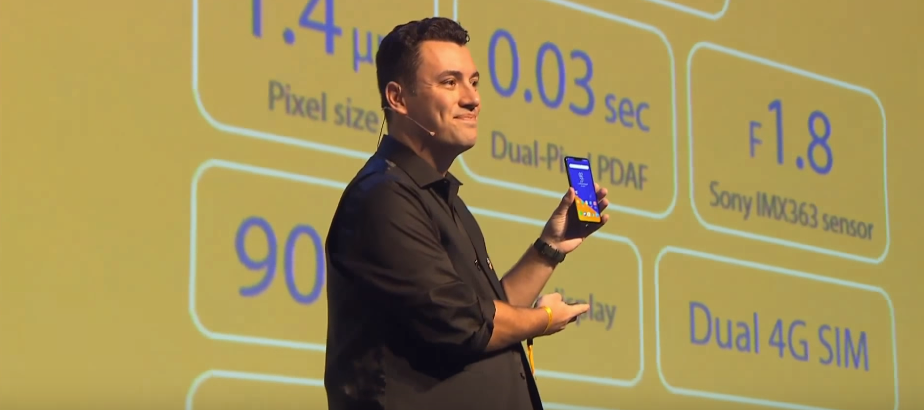
Asus debuts Zenfone 5 at MWC2018
Asus made quite a splash at Mobile World Congress 2018 with the launch of three new additions to their smartphone line-up in the form of the premium and rather familiar looking ZenFone 5Z and ZenFone 5 as well as the entry-level ZenFone Lite.

If imitation is the sincerest form of flattery, then the new ZenFone 5Z is essentially the best looking and best specced iPhone X lookalike seen at MWC 2018. The ZenFone 5Z comes with a design that is almost akin to an iPhone X including a vertically stacked dual rear camera array and most important of all, the front notch in the display though Asus’ own embellishments such as their concentric circle brushed metal finish are apparent throughout the rest of the design.
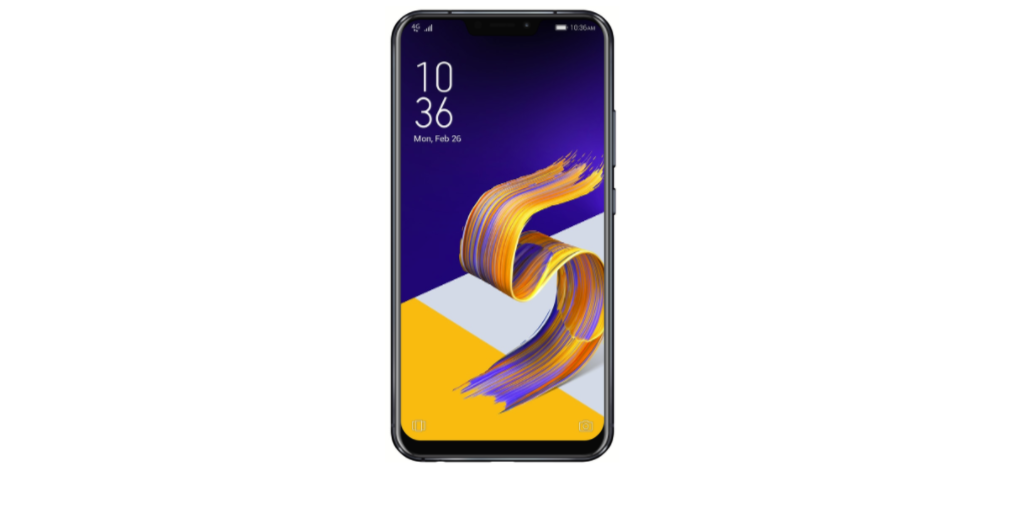
Notwithstanding the notch, the ZenFone 5Z sports a Qualcomm Snapdragon 845 chip running under the hood paired with up to 8GB RAM and up to 256GB of UFS2.1 storage, depending on which variant Asus Malaysia would ship in. The Snapdragon 845 SoC is essentially the best that Qualcomm has to offer for the current generation of phones and is used in US and China variants of the Galaxy S9 as well as other high-end phones.
Bigger, Crisper Display
Table of Contents
Consistent throughout all variants is the 6.2-inch Full HD+ Super IPS+ display which has 2,246 x 1080 pixel resolution, a 19:9 aspect ratio and the ability to support 95.4% of the DCI-P3 colour gamut, making it look exceptionally luscious and vibrant onscreen.
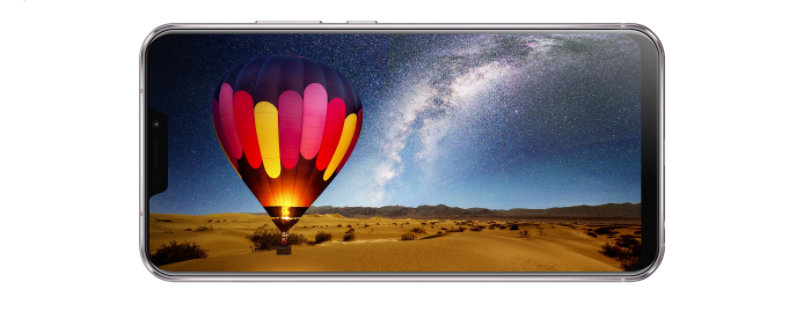
Perhaps as a shot across the bow, Asus has claimed that the Zenfone 5 has a 26% smaller notch than the one seen on the iPhone X while having a larger screen-to-body ratio at 90% versus the iPhone X’s 86% with its 5.8-inch touchscreen.

In its goal of being bigger and better, the ZenFone 5Z also amps things up in the sound department – it comes with stereo speakers that sport the latest NXP 9874 amplifier that offer louder, better audio with less distortion. The bottom speaker is 41% larger while the earpiece is 25% larger than prior ZenFones.
Dual rear camera
The dual rear camera array consists of Sony’s top-shelf IMX363 12-MP dual pixel image sensor that has an f/1.8 aperture and a 1.4µm large pixel size. This is paired with 4-axis optical image stabilisation and a 6p lens for exceptional performance.The second camera comes with a 120-degree wide angle lens that is equivalent to a 12mm focal length in a conventional 35mm film camera.
This secondary mode allows for you to take in more of the landscape or wide group shots. All this sounds good on paper but specifications paint a different picture from real-world performance. Once we get our hands on a test unit we’ll fill you in with how it fares.
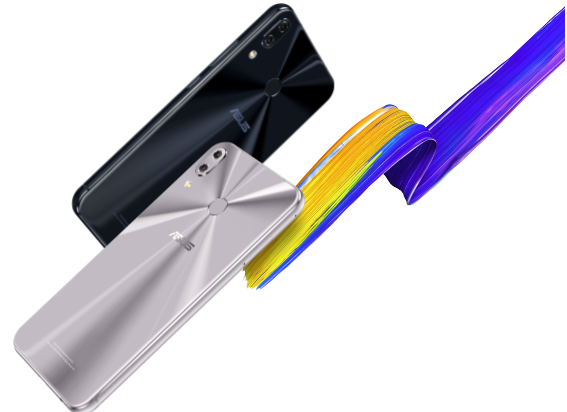
The front comes with an 8-MP selfie camera and in keeping with the whole emoji craze, the Zenfone 5Z also has their ZeniMoji that lets you animate avatars including their eponymous own mascot for your own edification in both texts and video calls.

The biggest game changer in Asus’ quiver is that the camera comes with what they claim as AI Photo Learning which attempts to learn your favourite settings when you take particular genres and optimise settings things for you without having to tinker with them every time. That’s not the only AI-enabled thing that the Zenfone 5Z has though.
Smarter AI
The ZenFone 5Z hops onto the AI bandwagon feet first with a veritable deluge of features that incorporate artificial intelligence.
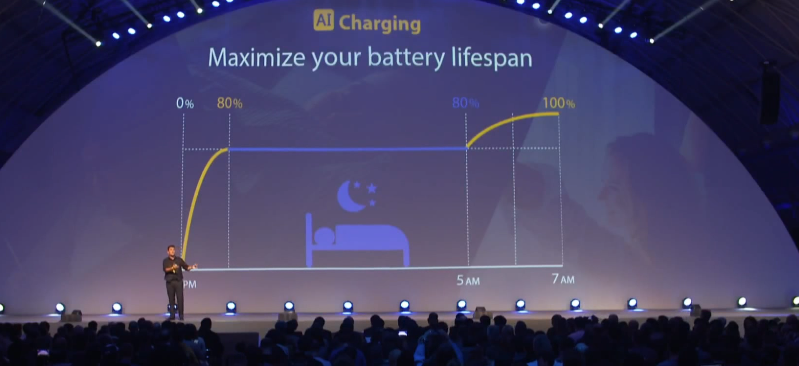
For starters they have an AI Charging feature that helps regulate charging in an intelligent fashion to extend the battery lifespan of the built-in 3,300mAh battery. This is done by learning when your sleeping and charging patterns so that it will charge your phone partially full while you sleep and then top it up just before you wake.
The AI Ringtone feature intelligently monitors ambient noise around your immediate environs and then adjusts your ringtone volume accordingly to make it audible without being overly annoying.
Differences between the ZenFone 5 and ZenFone 5Z
The astute will likely wonder what difference both phones have. By and large, the ZenFone 5Z and 5 are externally identical though the ZenFone 5 will have slightly more affordable hardware in the form of a Snapdragon 636 processor, 64GB of onboard expandable storage and up to 6GB of RAM along with 5V 2A 10W fast charging. The higher specced ZenFone 5Z sports a 9V 2A 18W power adapter. Price tags also naturally differ: the higher end ZenFone 5Z will retail at about US$700 which translates to about RM2,700 which is quite an agreeable price tag. The ZenFone 5 will be priced at a lower price tag but they haven’t mentioned just how much as yet.
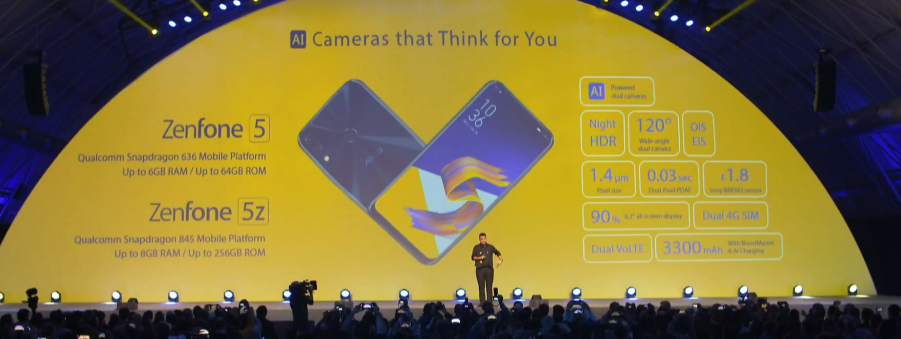
ZenFone 5 Lite
The entry level Zenfone 5 Lite has a 6-inch Full HD+ display with an 18:9 aspect ratio that also eschews the notch of its ZenFone 5 siblings, either a Snapdragon 630 processor or Snapdragon 430 processor, up to 4GB RAM and either 32GB or 64GB of expandable storage.

The ZenFone 5 Lite also has a selfie-centric bent and has a dual front-camera with a primary 20-MP and a secondary 120-degree wide angle camera. This is repeated on the rear as well with a smaller 16-MP primary camera and a secondary wide angle lens. The battery clocks in at 3,300mAh which is the same as the rest of its siblings. No word on price or availability for the ZenFone 5 Lite though.

In keeping with Asus’ usual deployment strategy, the three phones will likely arrive in different RAM/storage configurations depending on market though as yet Asus Malaysia hasn’t firmed up launch dates, prices or which configurations and models will launch in Malaysia. We’ll keep you posted.
